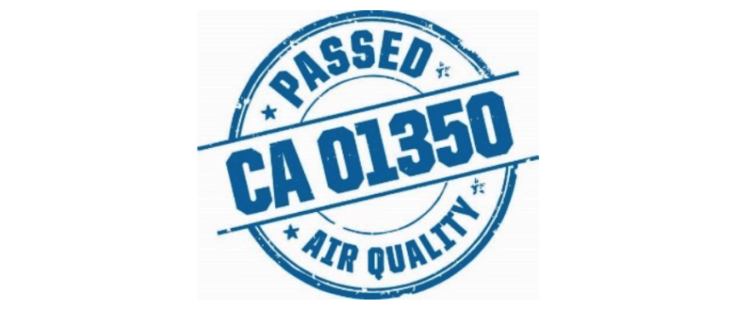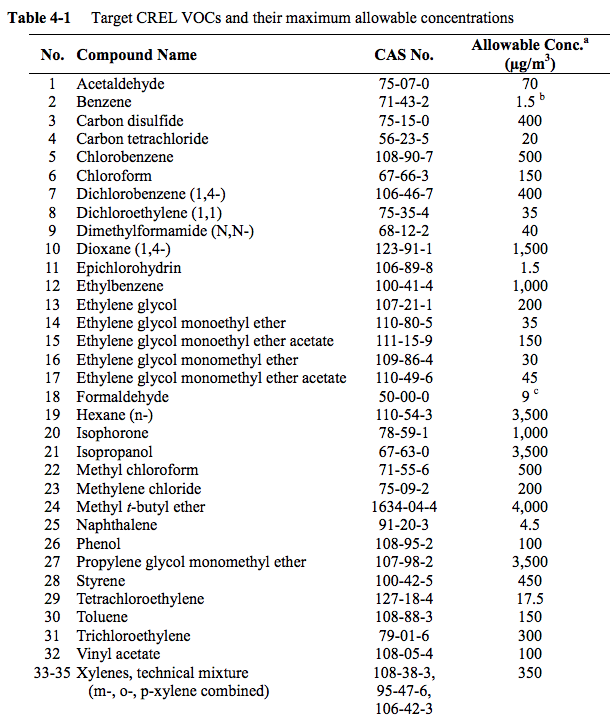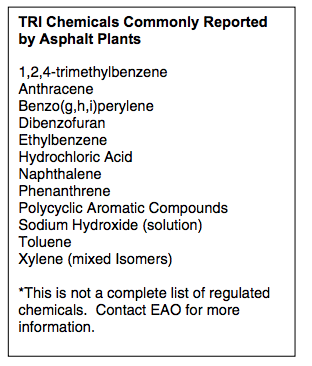
Our United States government has been quite clear that they don’t want false and misleading statements or impressions made about alleged health or environmental benefits of products. So I’ve been keeping an eye out for misleading communications about the safety of products so I can point out examples to you and we can all learn to be more vigilant about them, and not make misleading claims ourselves.
I found this one today while I was helping a client with some research on an underlayment product. She’s building a new house and her contractor told her that they would be using a specific brand of underlayment beneath the hardwood floors as a moisture barrier. So I went to the website to see what it was made of, and if it would be a problem for my client.
The website clearly stated that the underlayment was make from two pieces of kraft paper laminated together with asphalt. Now asphalt has an extremely strong and toxic odor.
And then I saw the seal above. This website is claiming this product PASSED the CA 01350. I couldn’t find CA 01350 with a quick search, so I called the company. As it turned out I had a typo in my search request and when I later searched using the correct numbers I DID find CA 01350 right here.
I spoke with a manager and asked him, “How does a product that contains asphalt pass an indoor air quality test?”
“It passed for the chemicals that they test for. But that doesn’t mean it doesn’t have an odor,”
“Well, does it have an odor?”
“I can’t really answer that. Some people smell it and others don’t.”
The thing that is misleading about this is not that it didn’t pass the test (although we have no evidence of that, it’s just a claim), but that making the claim that it passed the test gives the impression this is a safe product.
To see if, in fact, indeed somehow a product containing asphalt is nontoxic, I went looking for the list of chemicals CA01350 tests for.
I found Standard Method for the Testing and Evaluation of Volatile Organic Chemical Emissions from Indoor Sources Using Environmental Chambers, Version 1.1 (2010) on the above-referenced page but there was no link to it. I had to cut and paste the title into a search engine to find it. Here it is.
Here’s a list of products that passed CA 01350 for a specific project.
So let’s see now.
The list of products that this applies to begins on page 21: paints, adhesives, caulks, and various products applied with adhesives.
And here is the list of chemicals they test for and their maximum allowable concentrations:

Here’s a short, incomplete list of Toxics Release Inventory (TRI) chemicals emitted by asphalt plants

Just read the first few and you’ll see the lists don’t match. And this isn’t the complete list of asphalt emissions.
So we really can’t say that passing CA 01350 means that asphalt doesn’t emit toxic chemicals. It just means that the level of chemicals tested is below the maximum allowable concentrations.
So I’d like to know from you, does the seal at the top of this post make you think this product is safe? And is that misleading?
All of this aside, if they are going to make this claim, they should provide:
- a link to CA 01350
- a link to the actual test results for the product showing that they passed the test.
But even with these two links, I would still challenge this claim, given that the testing is incomplete for the list of chemicals known to be found in emissions.



